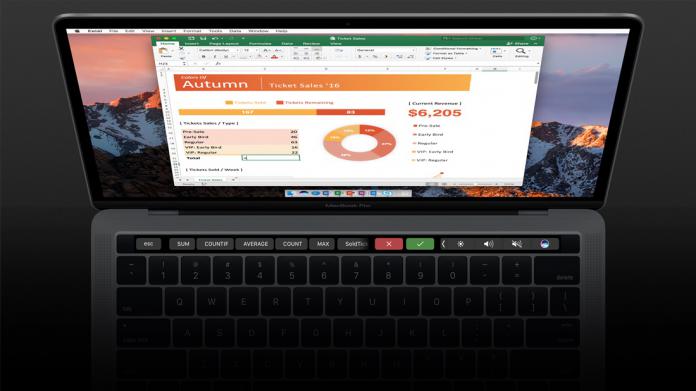Task completion is about to get more efficient on Microsoft Excel. According to Microsoft, it is going to open up its Office Scripts to make task automation more accessible on the spreadsheet app. Microsoft points out this will happen from the start of next month.
Office Scripts are automation features that are currently only available for Microsoft Excel on the Web. However, in October, the company will bring the scripts to the Mac and Windows versions of the app.
The proposed expansion has been confirmed on the Microsoft 365 Roadmap, telling Windows and Mac Excel users that repetitive spreadsheet tasks will be handled automatically. Users can edit, create, and run Office Scripts in Excel via the Code Editor and All Scripts pane. Of course, users can continue to input tasks manually if they want.
Office Scripts are incredibly useful for large spreadsheets with loads of repetitive tasks. That makes them popular for workplace projects where organizations can automate day-to-day spreadsheeting tasks.
On the Microsoft 365 Roadmap, Microsoft says automation features on Windows and Mac will initially be in preview. That testing phase will begin at the start of October. However, by the end of the month Microsoft promises the feature will be generally available.
Office Insiders can start looking for the tools early next month.
Microsoft Teams Excel Live Integration
In other Microsoft Excel news, Microsoft has recently brought collaboration integration to Excel Live in Microsoft Teams. Thanks to this integration, users have tools to navigate documents and remain in meetings on Teams. Furthermore, it is also possible to carry on with individual workloads or link to others on a document.
Microsoft says one organisation can host a maximum of 25 meeting participants using Excel Live. Abilities include being able to share, view, and edit documents within a meeting.
Tip of the day: With a single registry tweak, it’s possible to add a ‘Take Ownership’ button to the right-click context menu that performs all of the necessary actions for you. You’ll gain full access to all possible actions, including deletion, renaming, and more. All files and subfolders will also be under your name.
The Take Ownership context menu will set the currently active user as the owner of the files, though they must also be an administrator. They can then enter the folder or modify the file as they usually would.






